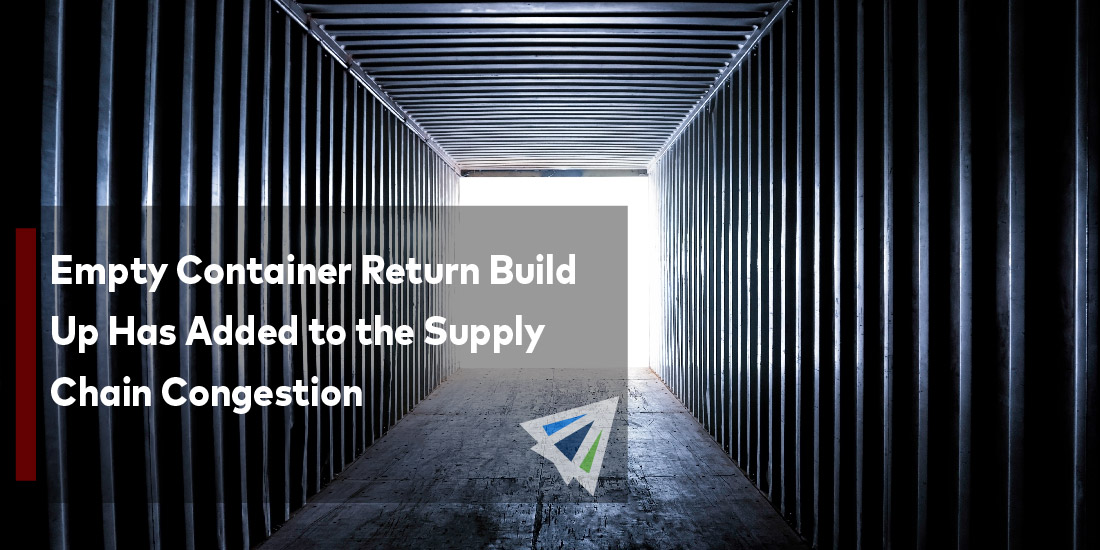Empty Container Return Build Up Has Added to the Supply Chain Congestion
The high amount of inventory being shipping in the first half of this year has been overbooking steamship lines and putting undue pressure on U.S. ports. The ports of Long Beach and Los Angeles are well-known to be in a state of constant-congestion, however, the last several months have made it all the worse. Long queues of ships have been waiting at anchor and continue to pile up at a faster rate than they’re able to be berthed and unloaded. Unfortunately, it looks like the congestion is only about to get worse.
With high shipment activity comes the inevitable need to return empty containers, which doubles the amount of work and needed capacity involved in moving a single container across the sea. In a market that’s already operating beyond it’s full capacity, this is bad news for shippers and carriers alike.
More Containers Manufactured
Last year, there was a significant incentive for carriers to return empty containers – if they didn’t, they were shooting themselves in the foot for future activity. Empties were at an all-time low as filled containers sat in grid-locks on port grounds. If carriers wanted more work, it was required they find a solution to restore efficiency in the drop off and retrieval of shipping containers.
However, recently new containers are being manufactured quickly. In fact, enough containers were manufactured over the last year to offset the equipment shortage. While this was good news for carriers who no longer had the stress of needing to return empties, it put significant pressure on ports who were stockpiling empty containers waiting for someone to take them back. Many industry experts have stated there is more than enough equipment in Asia to satisfy current import demands from the U.S.
From a carrier’s point of view, the return of empties is all cost and no revenue. And when they’re already far behind schedule, they’re faced with the decision of either taking as many filled export containers as they can to reduce the risk of falling further behind schedule, or to load up their ships with empties, fall behind schedule, and incur tons of additional transportation costs. Without the need for equipment, the urgency to partake in the retrieval of empty containers has dropped significantly.
Worsening Conditions at Port Grounds
We often see Long Beach and Los Angeles in the headlines regarding port congestion, and while they still are suffering from severe congestion, the empty container imbalance is now drastically affecting the New York-New Jersey ocean ports.
Ocean carriers are bringing thousands of containers to the port every month and only retrieving a small fraction of those to return to origin. This instigates conflict over per diem charges as there are too many containers sitting on port property while carriers fail to return empties.
The real issue here is the ripple effect that empty container pileups have on the entire supply chain at large. As empties stack up and carriers fail to take responsibility for the situation, it has an immediate effect on importers and exporters, truckers, draymen, terminals, and the port itself.
The primary cause of the empty container congestion crisis was the first half inventory surge that occurred right as consumer demand was dropping in the spring and summer. To when the congestion will be relieved is currently unknown, but shippers should be prepared for the container situation to worsen their shipping conditions as they plan to move goods through ports.
Looking Ahead
We will continue to update you on the latest topics in the industry. As always, if you would like more information regarding this topic, contact our team at InterlogUSA and we will be happy to assist you on any questions or comments you may have! In addition, we have our weekly market updates that can provide you with relevant freight news, updates, developments across the industry, and more.
